
AllQuestion and Answers: Page 500
Question Number 169765 Answers: 0 Comments: 3
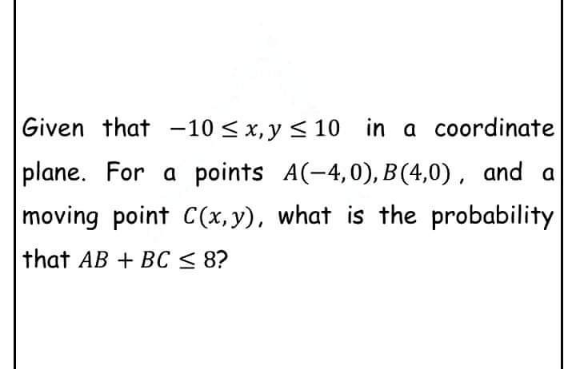
Question Number 169756 Answers: 3 Comments: 0

Question Number 169738 Answers: 3 Comments: 1
$$\mathrm{2}^{{x}} +{x}=\mathrm{11} \\ $$$${find}\:{x}? \\ $$$$ \\ $$$${Mastermind} \\ $$
Question Number 169736 Answers: 0 Comments: 0
Question Number 169733 Answers: 1 Comments: 0
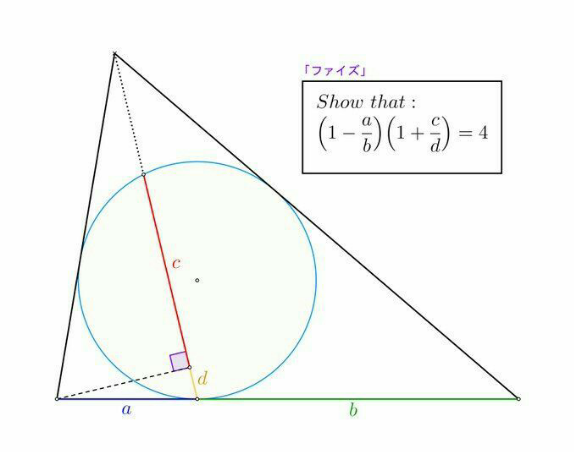
Question Number 169727 Answers: 0 Comments: 6

Question Number 169725 Answers: 0 Comments: 0
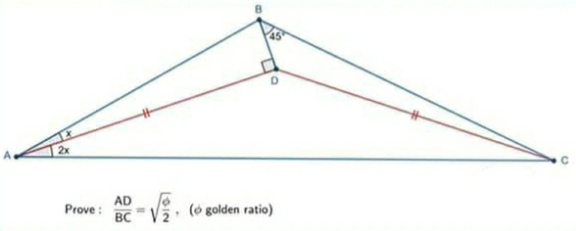
Question Number 169760 Answers: 1 Comments: 0
Question Number 169751 Answers: 0 Comments: 0
Question Number 169745 Answers: 2 Comments: 0

Question Number 169743 Answers: 2 Comments: 0
Question Number 169713 Answers: 0 Comments: 4

Question Number 169712 Answers: 0 Comments: 0
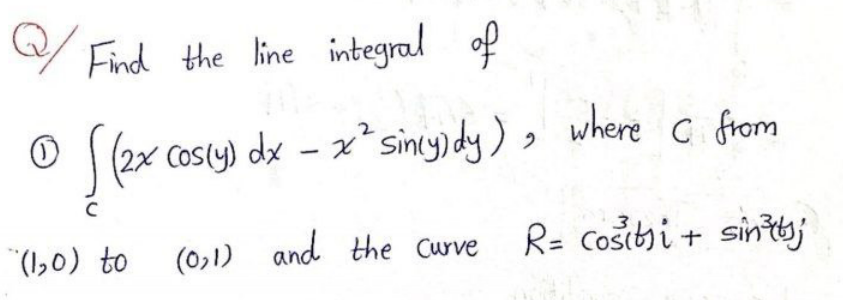
Question Number 169711 Answers: 2 Comments: 3
Question Number 169808 Answers: 0 Comments: 0
Question Number 169706 Answers: 0 Comments: 0
Question Number 169807 Answers: 0 Comments: 0
Question Number 169702 Answers: 1 Comments: 0
Question Number 169774 Answers: 1 Comments: 3
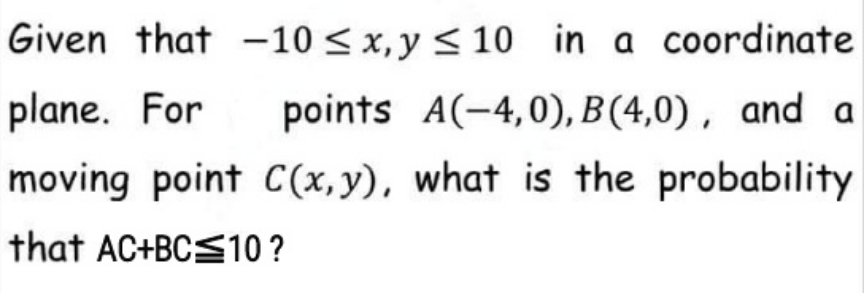
Question Number 169771 Answers: 3 Comments: 0
Question Number 169770 Answers: 0 Comments: 4
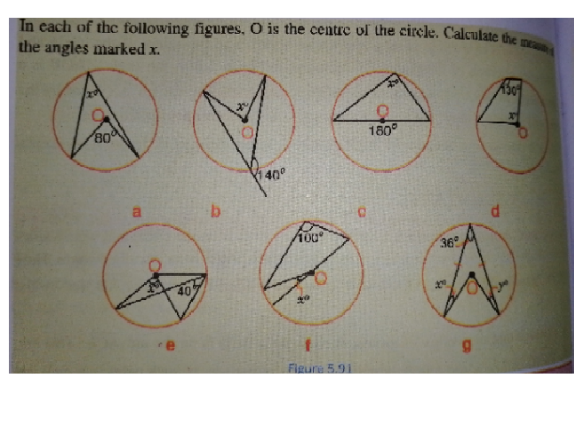
Question Number 169677 Answers: 2 Comments: 0
Question Number 169671 Answers: 0 Comments: 0

Question Number 169669 Answers: 1 Comments: 0

Question Number 169668 Answers: 0 Comments: 1

Question Number 169667 Answers: 1 Comments: 0
Pg 495 Pg 496 Pg 497 Pg 498 Pg 499 Pg 500 Pg 501 Pg 502 Pg 503 Pg 504
